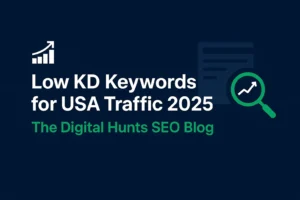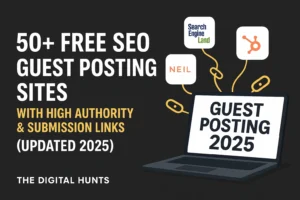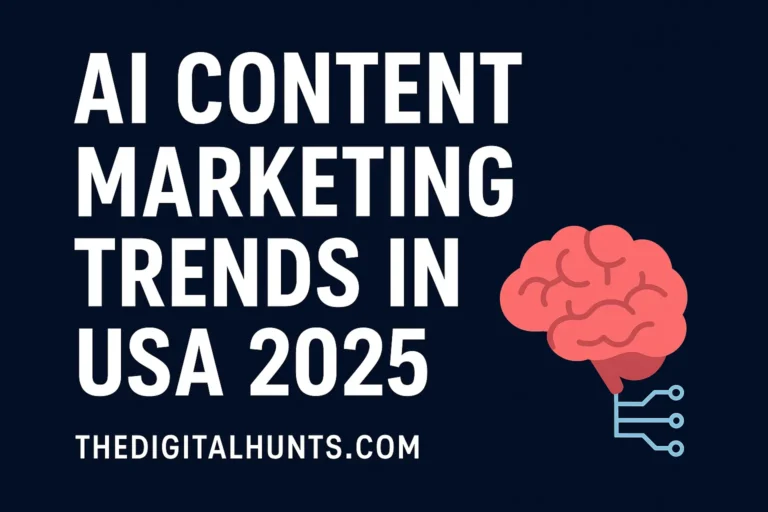The AI revolution isn’t coming—it’s already here. Content teams are scaling faster than ever with tools like ChatGPT, Gemini, and other AI writing platforms capable of producing thousands of words in minutes. What used to be a bottleneck has become a firehose of content.
But here’s the catch: the “AI Blandness” problem.
AI-generated articles often look fine on the surface, but they lack personality, authenticity, and depth. They’re technically correct, but they feel robotic—something both Google’s algorithms and your readers can detect instantly.
In an era where Google emphasizes EEAT (Experience, Expertise, Authoritativeness, and Trustworthiness), publishing generic AI output is a fast track to lower rankings, higher bounce rates, and a brand that feels forgettable.
The solution isn’t to ditch AI—it’s to edit AI content to sound human and add the crucial elements that make it authentic, relatable, and undetectable.
Here are 5 proven strategies to humanize AI content for SEO while satisfying Google’s EEAT framework and earning better rankings.
1. Add Real EEAT: Experience Is Non-Negotiable
One of the easiest ways to spot AI content is its lack of first-hand experience. AI can summarize existing information, but it can’t test tools, order products, or live through experiences. That’s where the human touch comes in.
How to Add EEAT to AI Content:
- Use personal anecdotes: Instead of letting AI write “The best project management tools are A, B, and C,” humanize it: “When our team switched from Tool X to Tool Y, we saved four hours a week thanks to its drag-and-drop feature.”
- Insert original visuals: Screenshots of tools, photos of products in use, or data charts from your own research show Google and readers you’ve been there.
- Quote experts: Even a short comment from your internal subject-matter expert instantly boosts authority and signals real expertise.
2. Edit for a Conversational, Imperfect Tone
AI writing often feels too polished—grammatically correct but stiff. Humans naturally use contractions, rhetorical questions, and casual phrasing. To make AI content undetectable by Google, you need to rewrite it in a conversational style.
Example Transformation:
- AI Draft: “Furthermore, it is important to utilize contractions.”
- Human Edit: “Plus, it’s way better to use contractions.”
Pro Tip for AI Prompts: Ask the AI to “write in a conversational, first-person tone, as if explaining to a friend over coffee.” Then tweak manually for extra warmth and relatability.
3. Break the Formula: Re-Structure for Flow
AI-generated posts often follow a rigid format: intro, list, conclusion. This is predictable for both readers and algorithms. To make your AI content sound human, restructure for engagement.
Ways to Break the Formula:
- Start with conflict: Instead of defining a term, begin with the reader’s problem or pain point.
- Drop a surprise mid-post: Insert a shocking stat or unique insight 60% into the article, not just at the start.
- Use creative headings: Replace “What is Content Marketing?” with “Why Most Content Doesn’t Convert (and How to Fix It).”
4. Infuse Brand Voice and Insider Language
AI doesn’t know your company’s culture, tone, or inside jokes. That’s why every piece of humanized AI content for SEO should pass through your brand filter.
How to Add Brand Voice:
- Jargon Swap: Replace generic words with your brand’s unique terms (e.g., customers → “tribe,” leads → “future fans”).
- Keep analogies consistent: If your brand uses sports metaphors, make sure they carry throughout the post.
- Check against a style guide: Train yourself to spot phrases that don’t align with your brand identity.
5. Go Hyper-Specific: Target Long-Tail Keywords
AI tends to write broad, generic content aimed at highly competitive terms. But humans know that long-tail, niche-specific queries drive better engagement and rankings.
How to Humanize with Specificity:
- Turn H3s into questions: Instead of “Integrating Tool X and Tool Y,” write “What’s the easiest way to integrate Tool X and Tool Y without Zapier?”
- Answer the “Why” and “Should I”: AI is good at “what” and “how,” but only humans can add subjective advice like “Should I invest in this tool now, or wait?”
- Use real niche examples: Swap “small business” with something ultra-specific like “a two-person artisanal candle brand.”
This not only signals expertise but also improves your AI content SEO strategy by targeting queries that real people actually type into Google.
Conclusion: AI as the Draft, Humans as the Editors
The future isn’t AI vs. Humans—it’s AI + Humans.
Think of AI as the fast intern who gets you 80–90% of the way there. Then, as the editor, you inject the missing experience, voice, and insight that makes content rank and resonate.
By following these steps, you’ll transform raw AI drafts into high-performing, humanized content that:
- Aligns with Google’s EEAT standards
- Feels authentic to readers
- Stands out from the sea of robotic content
The key to success is simple: Don’t publish AI content as-is. Humanize it, optimize it, and make it impossible to tell the difference.












 Contact Us:
Contact Us: